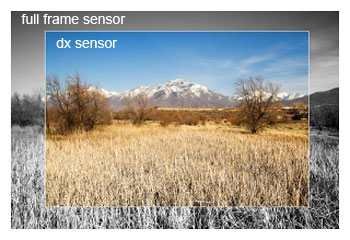
When I first started to pursue photography as a hobby up to the point where I finally can call myself a professional, I’ve come across many myths or misconceptions in the field of photography that can inhibit or affect the progress of beginner photographers.
Here are a few myths and misconceptions I will debunk in this post, and hopefully all those pursuing photography can avoid in the future:
1. My photographs aren’t any good.
There is no such thing as an instant success. Everything starts from something small. We may have taken hundreds of pictures but only a few turned out well. The road to being a pro at something may not always be smooth, and a bumpy road is to be expected when we are starting to learn a new craft. The trick is to stick with it and keep practicing. With practice, as time goes by, abilities and skills will improve.
2. My camera isn’t advanced enough.
An expensive and advanced camera will not produce good photographs if we do not know how to use it. Take advantage of the cameras at your disposal first, and optimally learn of its capabilities and advance your skills using it. The camera isn’t the major determining factor in producing a good photograph; skills trumps fancy camera features.
3. Certain brands of cameras are more superior than others.
Every brand of DSLR cameras available in today’s market has been made to meet the same standards in producing good images. The differentiating factor is the facilities in the certain models, prices, and ultimately the personal taste of the users.
4. A formal education in photography is better than self-learning.
Though an organized form of education may help in easing the learning of photography concepts, this does not mean that a self-taught photographer is inferior to that of a college graduate photographer. In the end, it’s up to our willingness to learn, whichever way you choose to obtain these knowledge. As they say, where there’s a will there’s way.
5. Good lenses are those with wide apertures.
Not all lenses with wide apertures are good quality lenses. Wide apertures if not balanced with good quality optics will lead to fringing and images will appear soft. The best way to test the quality of a lens is to photograph using high contrast settings under extremely bright lights and check to see if the edges of the object is sharp and fringe free.
6. Professional cameras are full-framed cameras.
Most are, but not all. There are also professional cameras with 1.5x crop sensors (e.g. Nikon D2X). Full and non-full frames have their own advantages and disadvantages. Full frame cameras have low noise level and have a wider photo area, but the speed is usually slower (Frame per second). Cameras with DX sensors have a higher speed (frames per second), and are more effective for shooting with a telephoto lens.




